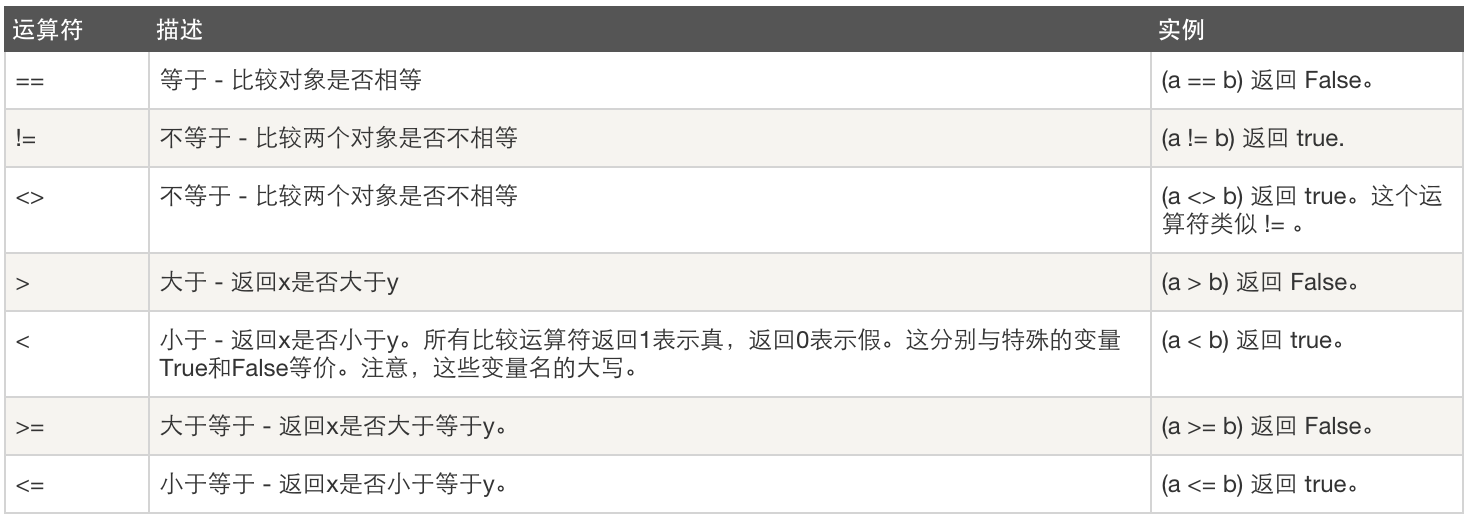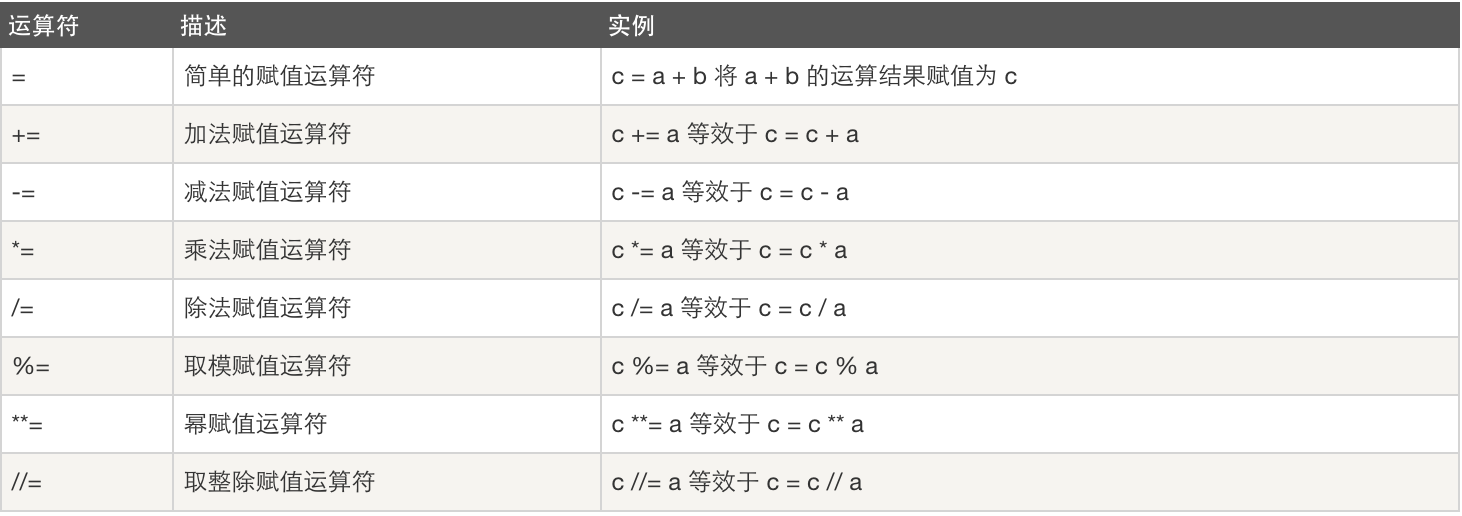Python基础(三),,一、编码电脑的传输,
Python基础(三),,一、编码电脑的传输,
一、编码
电脑的传输,还有储存的实际上都是高低电平,对应01001001
# ASCII:美国标准信息交换代码, 只规定了英文字母数字和一些特殊字符
用8位二进制表示(一个字节)一个字符
最初只用了后7位,将拉丁文编码后占用了最高位
# Unicode:万国码 ,为解决传统的字符编码方案的局限而产生的,为每种语言的每个设定了统一并且唯一的二进制编码
最开始16位 之后32位 中文32位,4个字节
# utf-8:可变长unicodetransformationformat 对unicode编码的压缩和优化
ascii 1个字节
欧洲 2个字节
亚洲 3个字节
# GBK:国内使用
英文 1个字节
中文 2个字节
1、各个编码之间的二进制,是不能互相识别的,会产生乱码
2、文件的储存、传输,不能是unicode(只能是utf-8 utf-16 gbk gb2312 ascii等)
# 内存中统一采用unicode,浪费空间来换取可以转换成任意编码(不乱码),硬盘可以采用各种编码,如utf-8,保证存放于硬盘或者基于网络传输的数据量很小,提高传输效率与稳定性。
unicode占用空间:
python2在编译安装时,可以通过参数 --enable-unicode=ucs2 或 --enable-unicode=ucs4,分别用于指定使用2个字节、4个字节表示一个unicode字符;python3无法进行选择,默认使用ucs4。
# 查看当前python中表示unicode字符串时占用的空间:
import sys
print(sys.maxunicode)
# 如果值是 65535, 则表示使用ucs2标准,即:2个字节表示
# 如果值是 1114111, 则表示使用ucs4标准,即:4个字节表示
# python3:
str 在内存中是用unicode编码
bytes类型 编码方式:utf-8 gbk gb2312 ascii等
python3环境下:
str 在内存中是用unicode编码 不能直接储存、传输
要经过bytes类型转换,才能进行储存、传输
bytes类型:
对于英文:
str :表现形式:s = ‘tianhe‘
编码方式:01011100 unicode
bytes :表现形式:s = b‘tianhe‘
编码方式:01010000 utf-8 gbk 。。。
对于中文:
str :表现形式:s = ‘天河‘
编码方式:01110100 unicode
bytes :表现形式:s = b‘\xe5\xa4\xa9\xe6\xb2\xb3‘
编码方式:01010110 utf-8 gbk 。。。

1 s = ‘tianhe‘ 2 s1 = b‘tianhe‘ 3 print(s,type(s)) # tianhe <class ‘str‘> 4 print(s1,type(s1)) # b‘tianhe‘ <class ‘bytes‘> 5 s = ‘天河‘ 6 # s1 = b‘天河‘ #SyntaxError: bytes can only contain ASCII literal characters. 7 print(s,type(s)) 8 # print(s1,type(s1)) 9 10 s1 = ‘tianhe‘11 ‘‘‘ encode 编码 如何将str-->bytes‘‘‘12 s11 = s1.encode(‘utf-8‘)13 # s12 = s1.encode(‘gbk‘)14 print(s11) # b‘tianhe‘15 # print(s12) # SyntaxError: Non-UTF-8 code starting with ‘\xa1‘ in file D:/python/Program/d12_21.py on line 2, but no encoding declared; see http://python.org/dev/peps/pep-0263/ for details16 17 s2 = ‘天河‘18 s21 = s2.encode(‘utf-8‘)19 print(s21) # b‘\xe5\xa4\xa9\xe6\xb2\xb3‘20 s22 = s2.encode(‘gbk‘)21 print(s22) # b‘\xcc\xec\xba\xd3‘View Code
# python2默认ascii python3默认utf-8 python2无法识别中文
1 #! /usr/bin/env python2 # -*- coding:utf8 -*- 3 4 print(‘你好,世界‘)
# python2 和 python3

1 print ‘abc‘2 range() xrange() 生成器3 raw_input()python2

1 print(‘abc‘)2 range()3 input()python3
二、基本运算符
1、算数运算

2、 比较运算

3、赋值运算

4、逻辑运算:andornot

逻辑运算优先级:()>not>and>or
同一优先级从左往右计算

print(1>1 or 3<4 or 4>5 and 2>1 and 9>8 or 7<6)print(not 2>1 and 3<4 or 4>5 and 2>1 and 9>8 or 7<6)print(1>2 and 3<4 or 4>5 and 2>1 or 9<8 and 4>6 or 3<2)print(8 or 3 and 4 or 2 and 0 or 9 and 7)print(0 or 2 and 3 and 4 or 6 and 0 or 3)print(0 and 9)print(1 and 3)print(not 0)print(not 2)print(0 or 8)print(4 or 0)print(6 or 2>1)print(0 or 5<4)print(3 or 2>1)print(5<4 or 3)print(2>1 or 6)print(3 and 2>1)print(0 and 3>2)print(2>1 and 0)print(1>2 and 4)print(2>1 and 3)print(3>1 and 2 or 2<3 and 3 and 4 or 3>2)print(1>2 or 4<7 and 8 == 8)# [‘True‘, ‘False‘, ‘False‘, ‘8‘, ‘4‘, ‘0‘, ‘3‘, ‘True‘, ‘False‘, ‘8‘, ‘4‘, ‘6‘, ‘False‘, ‘3‘, ‘3‘, ‘True‘, ‘True‘, ‘0‘, ‘0‘, ‘False‘, ‘3‘, ‘2‘, ‘True‘]not and or 各种计算
5、成员运算

6、身份运算

三、数字,字符串 小数据池
数字的范围:-5 -- 256
字符串: 1、不能有特殊字符
2、s*20 还是同一个地址,s*21以后都是两个地址
list dict tuple set 没有小数据池

C:\Windows\system32>python3Python 3.5.3 (v3.5.3:1880cb95a742, Jan 16 2017, 16:02:32) [MSC v.1900 64 bit (AMD64)] on win32Type "help", "copyright", "credits" or "license" for more information.>>> i1 = 6>>> i2 = 6>>> print(id(i1),id(i2))1837769584 1837769584>>> i1 = 300>>> i2 = 300>>> print(id(i1),id(i2))82238656464 82247052592>>> 字符串>>> s1 = ‘tianhe‘>>> s2 = ‘tianhe‘>>> print(id(s1),id(s2))82247736656 82247736656>>> s1 = ‘tian*‘>>> s2 = ‘tian*‘>>> print(id(s1),id(s2))82247736768 82247736712>>> s1 = ‘tian‘*20>>> s2 = ‘tian‘*20>>> print(id(s1),id(s2))82247745720 82247745992>>> s1 = ‘t‘*20>>> s2 = ‘t‘*20>>> print(id(s1),id(s2))82247730856 82247730856>>> s1 = ‘t‘*21>>> s2 = ‘t‘*21>>> print(id(s1),id(s2))82247730928 82247731000>>>View Code
# = 赋值 == 比较值是否相等 is 比较,比较的是内存地址

li1 = [1,2,3]li2 = li1print(li1 is li2)print(id(li1),id(li2))View Code
四、其他
1、for循环
用户按照顺序循环可迭代对象中的内容
break、continue

li = [11,22,33,44]for i in li: print(i)View Code
2、enumerate
为可迭代的对象添加序号

li = [‘tianhe‘,‘lingsha‘,‘勇气‘,‘shanzhu‘]for i in enumerate(li): print(i)for index,name in enumerate(li,1): print(index,name)for index,name in enumerate(li,100): #起始位置默认是0,可更改 print(index,name)View Code
3、range指定范围,生成指定数字
range(stop) range(start, stop[, step])

for i in range(5): print(i)for i in range(1,8): print(i)for i in range(1,8,3): #步长 print(i)for i in range(8,1,-3): #反向步长 print(i)for i in range(1,8,-3): #错误 什么都不报 print(i)for i in range(8,-2): #错误 什么都不报 print(i)for i in range(8,-2,-3): print(i)View Code
4、list dic 循环中删元素,会出问题

lis = [11,22,33,44,55]for i in range(len(lis)): print(i) #i = 0 i = 1 i = 2 i = 3 del lis[i] print(lis) #[22, 33, 44, 55] [22, 44, 55] [22, 44] IndexError: list assignment index out of rangeView Code

dic = {‘k1‘:‘v1‘,‘k2‘:‘v2‘,‘a3‘:‘v3‘}# 删掉keys中含有k的键值对# for i in dic:# if ‘k‘ in i:# del dic[i] # RuntimeError: dictionary changed size during iteration# 法1dic1 = {}for i in dic: if ‘k‘ not in i: dic1.setdefault(i,dic[i])dic = dic1print(dic)# 法2l = []for i in dic: if ‘k‘ in i: l.append(i)# print(l)for i in l: # print(i) del dic[i]print(dic)View Code
lis = [11,22,33,44,55,]# 删掉索引为偶数的项if len(lis) % 2 == 1: for i in range(len(lis) - 1, -1, -2): # print(i) del lis[i] # print(lis) print(lis)else: for i in range(len(lis) - 2, -1, -2): # print(i) del lis[i] # print(lis) print(lis)View Code
Python基础(三)
相关内容
- python中消息队列RabbitMQ的使用,,1,简介Rabbit
- Python-图像处理库PIL图像变换transpose和transforms函数,,
- Python3.6.3 IDLE ClearWindow 清屏扩展,,1、http://b
- Python:GUI之tkinter学习笔记1控件的介绍及使用,pythontki
- Python3 tkinter基础 Radiobutton variable 默认选中的按钮,py
- IDApython 命令,idapython命令,因为网上对于IDAp
- python 报错TypeError: 'range' object does not suppo
- 使用Python+opencv2时的文件命名及路径问题,pythonopencv2
- python小游戏开发关于pygame库的安装,pythonpygame,---恢复内
- 【Python web 开发】微博授权登录,获取access_token,,1、

评论关闭